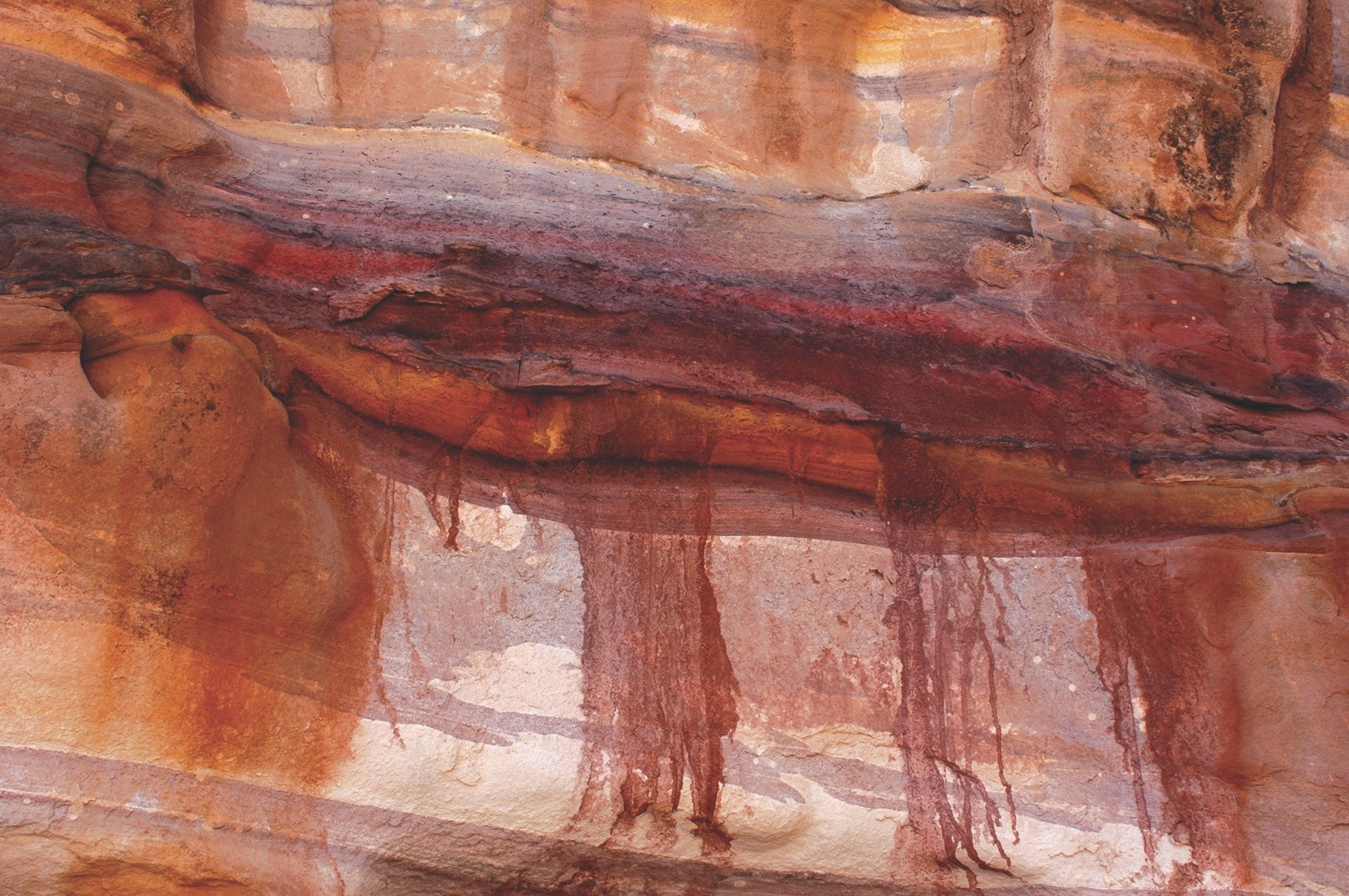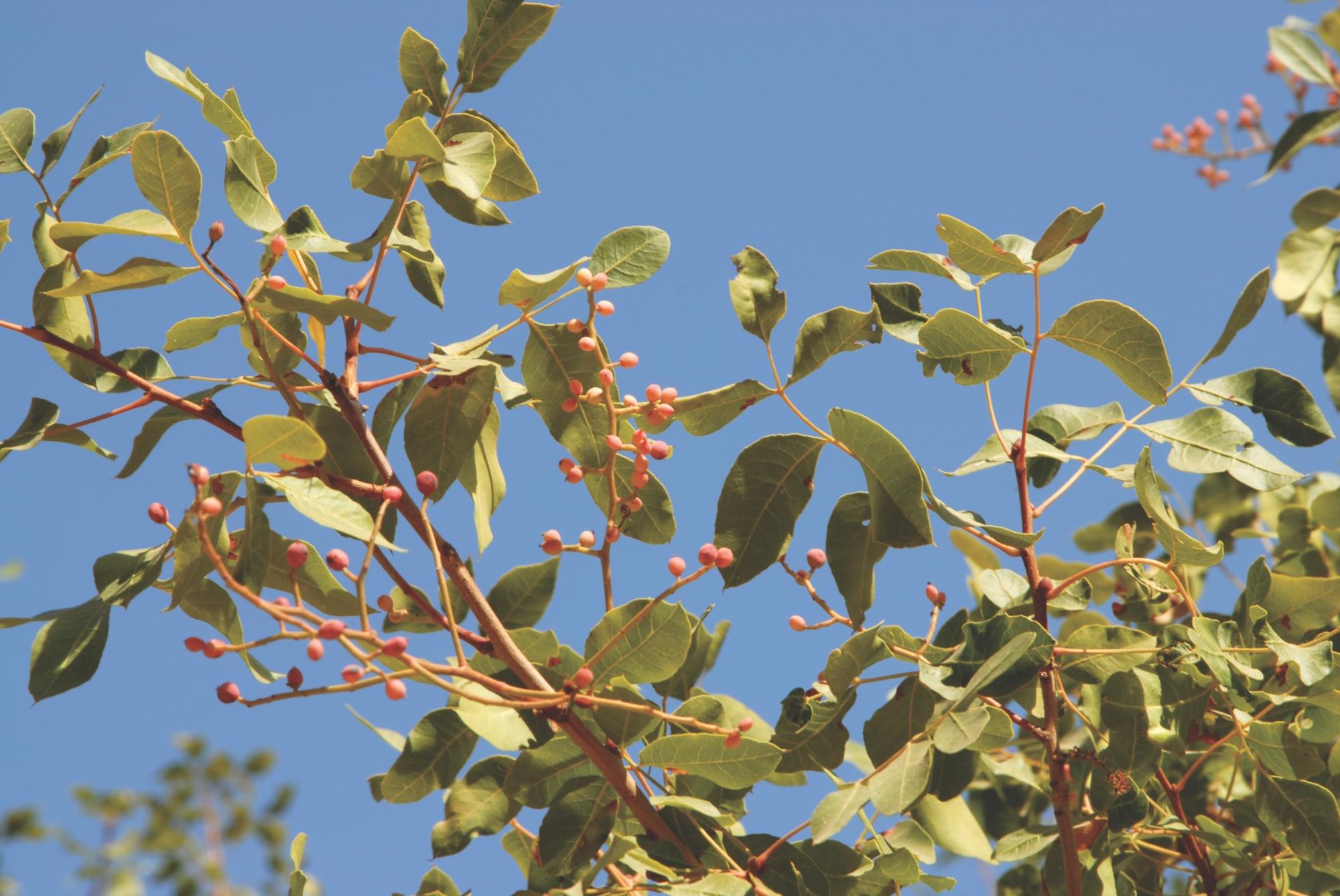Spirit and Shamanic Plants
"High alkaloidal plants"
Since the dawn of human society, trees have been viewed as having souls or spirits, the soul being the ''vital principal'' or the ''breath of life'' that is found in every living being.
Among the ancient tribes, deities were associated with a variety of trees, including the pines and cedar, Butum, the tamarisks, and the Acacia. The tribes worshiped these sacred trees, which were often natural growing near sacred wells and other holy sites or tribes crossings.
Among today Bedouins, sacred trees are still considered as places where spirits reside. Not only these trees protected from cuting, but they are honored with green cloths, hairs, Henna, and even stones.
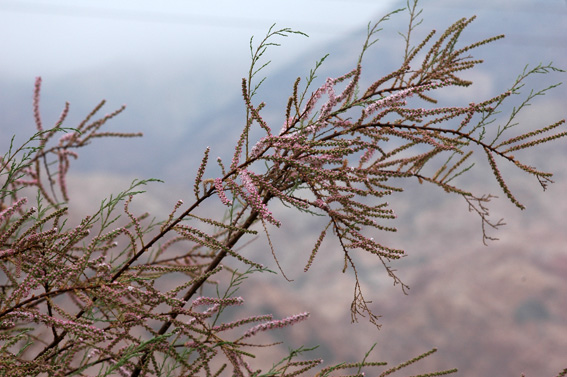



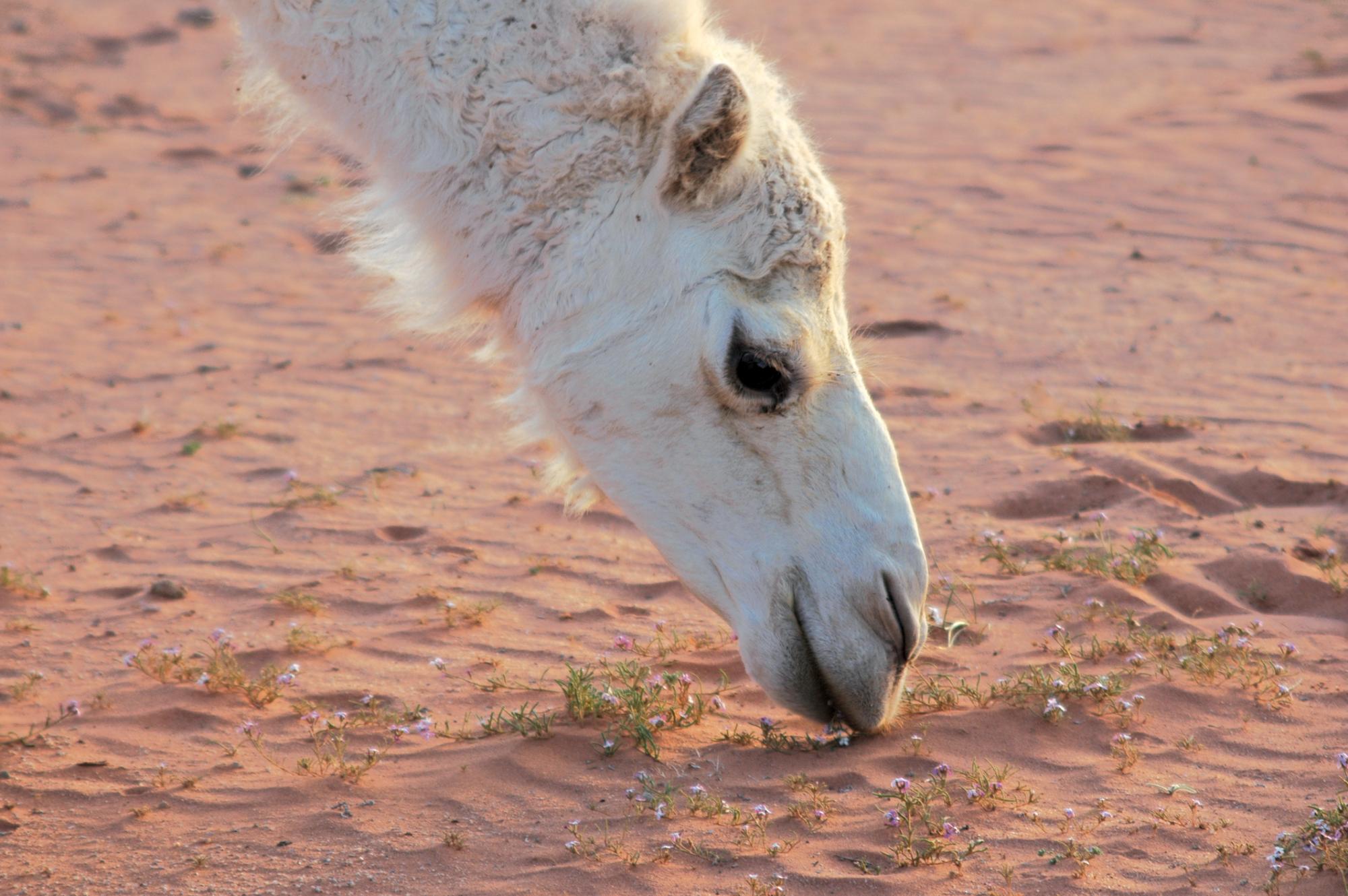


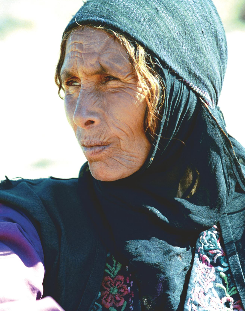
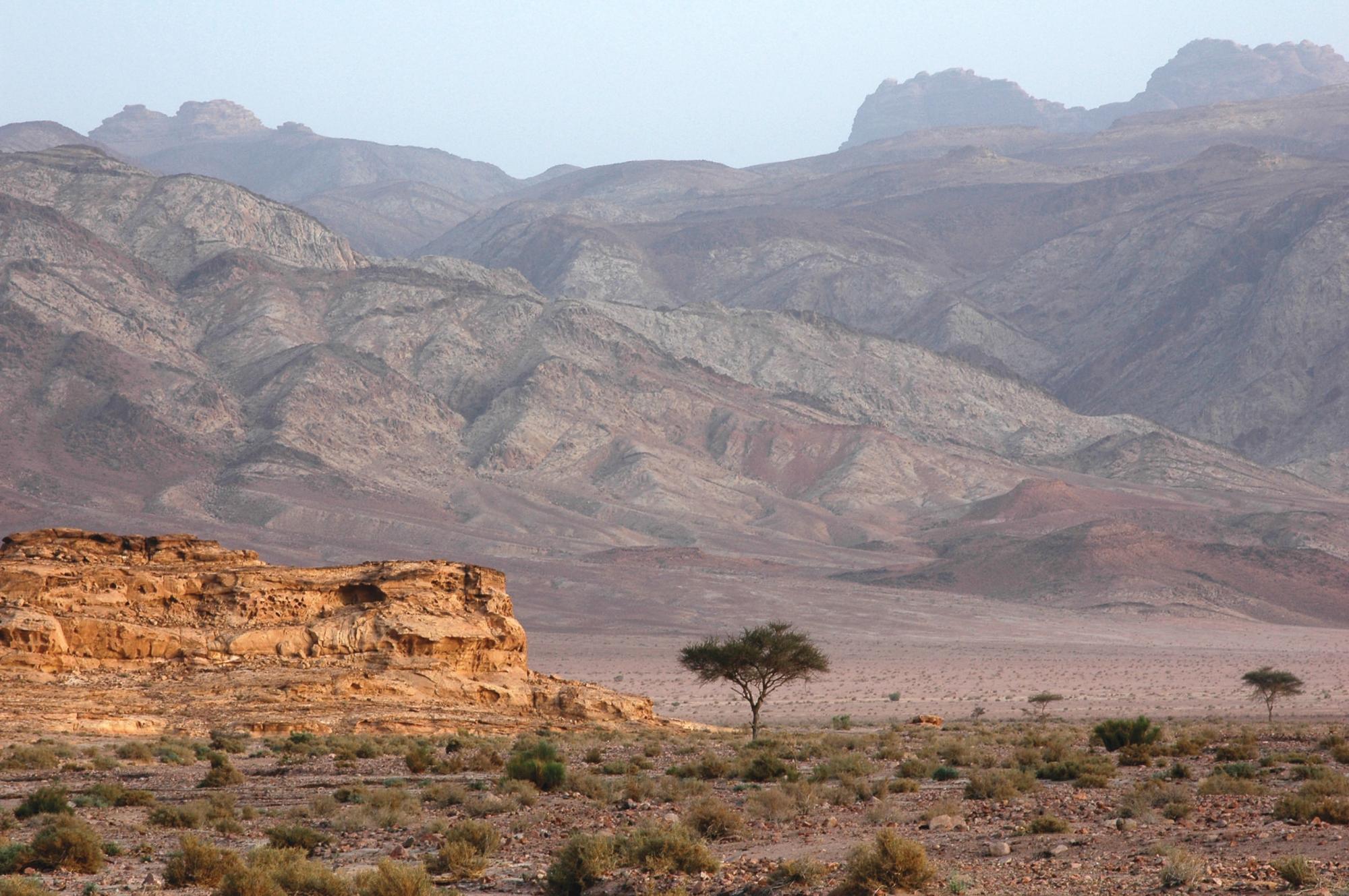
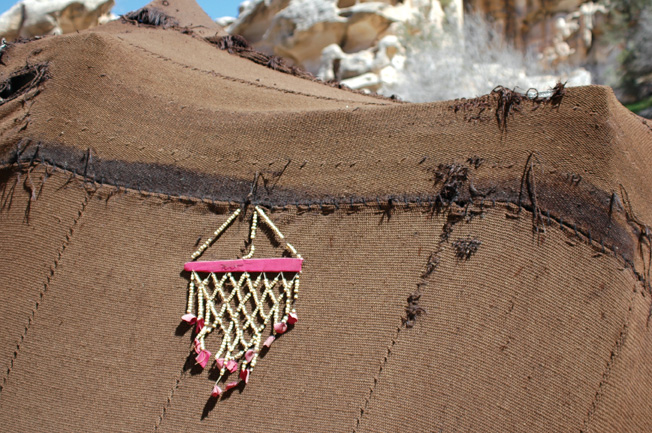
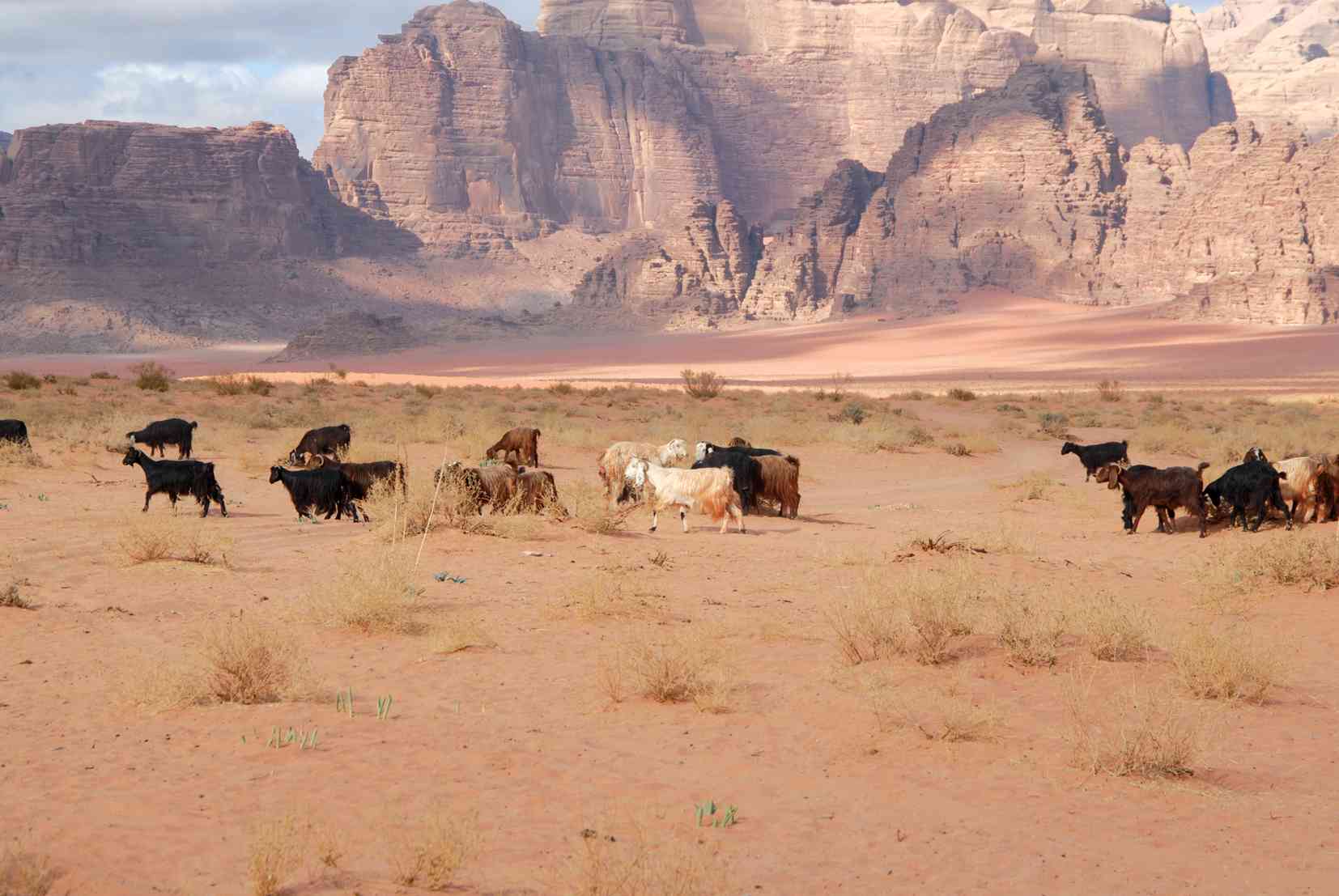
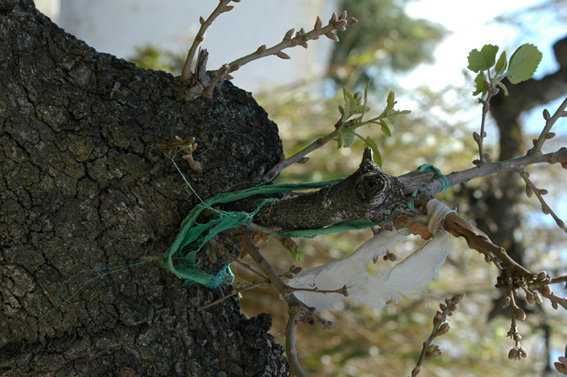
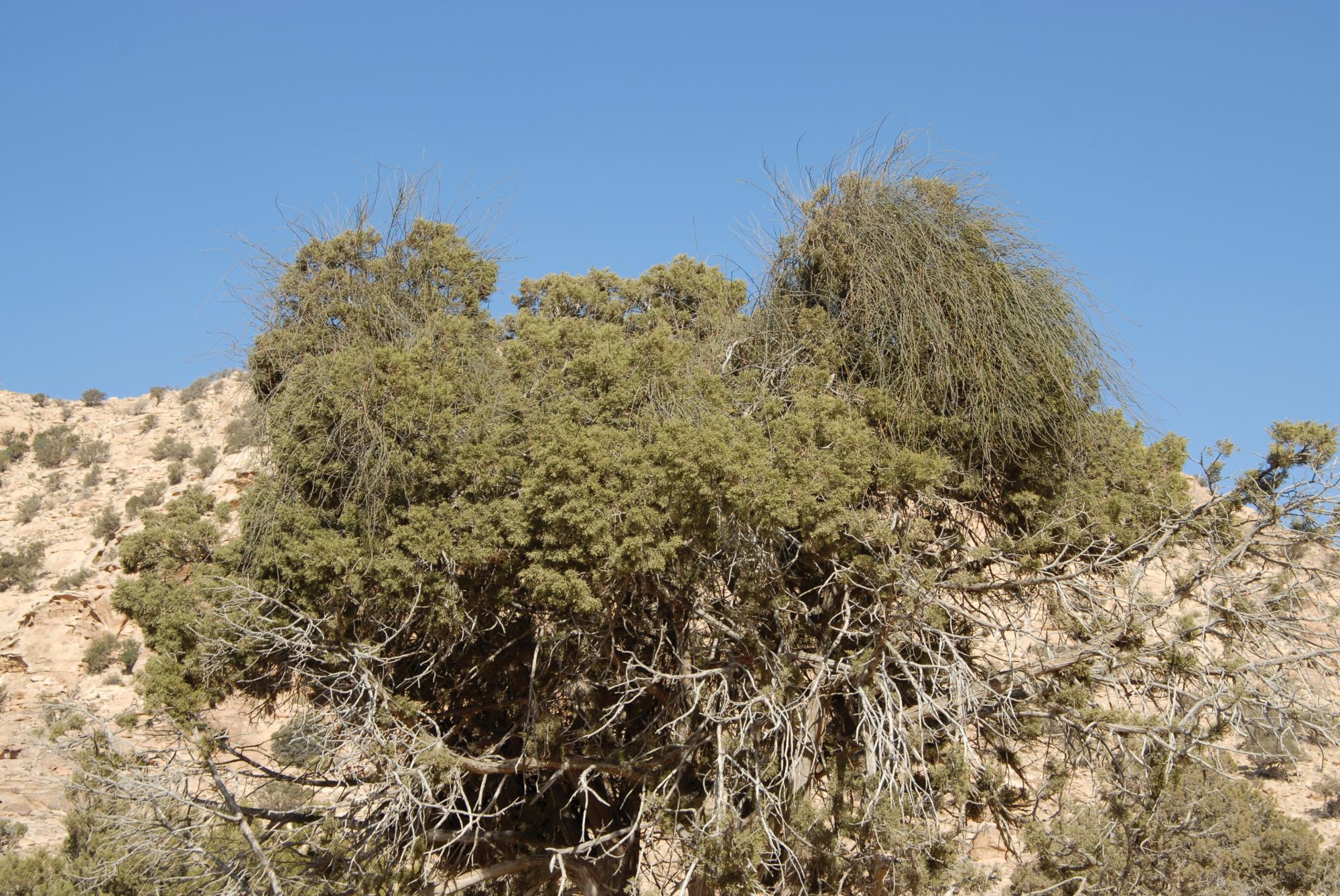
Below is a short list of some high alkoloidal plants of the desert:
Ba'eithran// Artemisia judaica L. : wormwood/Daisy Family. This herb is used to repel fleas and snakes. In the desert many artemisia species are used as tea and to flavor the goat milk. They grow ariund Petra at Ash Sarh slopes. They have high amounts of terpenoids and sesquiterpene lactones, and they are very very bitter with very strong smel. This is a major fodder for grazing goats at Ash sharah.
Ja'adah // Teucrium polium L. : Je’dah, this small woody shrub also grow on the steppes of Ash Sharah. A widely used by Shepherds in their medicine for enteritis and various intestinal disturbances. The Je’dah is also used in an infusion with Zatar “desert thyme” for liver cleansing. It is also mixed with Ba’etharan and Sh’eh.
Carob//“Ceratonia”: Believed to ba an archaic remnant of a part of the family that now generally considered extinct. It pods eaten by the Shepherds all the time. Carob dried pods when roasted have slighly sweet. In the Christian tradition the tree is known as Yohana Al Mamadany Tree “St. John the babtist tree”, the tree that feed him bread made of it roasted Carob pods chip. This tree is also believed to be the tree that spoke to king Solomon in the Hebrew tradition. The bedouin call the tree the Djin Carob for some unkown reason.
Rimth // Haloxylon articulatum (Cav.) Bge.
Sidr// Ziziphus spina - christi (L.): Wadi Arabah Sidr tree “christ thorn” from the Buckthorn family, grow tell up to 300m elevation. Its Rip fruits like aplpe taste often eaten by the hugry Shepheds.
Zeknan //Shaggy Sparrow wort: Used by shepherds to make robs and as pain killer for toot pain. But the shepherds of petra region believe that their women should never deliver their babies underneth this tree under any circumstances, as the baby will be born mentally ill. The Zeknan fire wood smell is disliked by the shepherds.
Athl or Ithl // Tamarix articulata Vahl.
Arak // Salvadora persica L.
Handal // Citrullus colocynthis (L.) Schrad.
Ghada // Haloxylon persicum Boiss
Qaysum // Pyrethrum Velen.
Mitnan // Astragalus camelorum Barb.
Miramiah// Salvia Divinorum/Diviner's Sage
Shih // Artemisia inculta Del.
Among some tribes the Ausaj Bush is considered to be under the special protection of Spirits. And for the Karak tribes of Jordan the Dome is considered to be protected by holy spirits at the village of Bethdan. It is never cut nor are branches even broken from it. It is believed that anyone injure it will be followed and tormented.
The Bani Hameda is said to be seen under a Dom Acacia tree in Wadi Al Mougeb while the elder was putting on its trunk oil and geeh.
Among some Bedouins of Palestine, the tamarisk "Turfa", a hardy flowering tree native to the desert and dead sea area, is a holy tree. Bedouins believe that when you pass a tamarisk at night when the wind is blowing, you can hear the branches whispering, "Alah, Allah."

Among the early Semites, the Acacia was sacred to the Jews, who forbade its use for any secular purpose, such as building private homes or making furniture.
The Bible also tells us that the early Semites venerated Asherath ''Al Uzza'', the female who represented the fruitful or nourishing earth. She was worshiped under a tree so as the Arabs in Mecca.
The White Broom Shrub, Ratam flowers come out out in the very early spring before all the desert shrubs. And during the first few two weeks in March, Camels and Goats most ly graze on these flowers, which give the milk special qualities causing lucid and vivid dreams tho the Shepherds. A perfect example how easily humans could be affected by what they eat or what their animals are eating. Because the Broom "Ratam" plants contains high alkoloid like terpene and cytisine.
Some Shepherds has been taught that plants growing in between the rock veins has more medicinal properties than others. In Sinai the Bedouins use some specific sandstone layer for drinking as a prescription for some illnesses.
For the Shepherds Camel milk is said to have many healthful properties. Bedouins believe that the curative and aphrodisiac powers of the heavy and sweet camel milk are enhanced if the camel's diet consists of certain plants. The camel eats only certain herbal plants, tips of woody shrubs and trees and most of these plants and trees are high alkoloid plants. And when Bedouins Shepherds survive for months on its milk when water was unavailable, then you can imagine his "Consusnesss...."
The Artemisia Wormwood (Bedouin: Sh’eh) is another variety of the Daisy family which have very big influence on the Shepherds Psyche and Consciousness, Most Artemisia if taken in large doses may cause some hallucinogenic properties. And because Goats preferring this woody shrub than grasses. The Goats milk containing the wormood would have specific flavor and Artimesia taste.
It should be noted that our investigation in this work is limited to southJordan and the Cambriane Age Geological formation that we believe have special status in the minerals found in the Rocks which are not found in other Geological rock formation.
Thave Soil-plant-animal interrelationships studies suggest that this could be attributed to the status of the minerals in the soils. Animals in tis region then graze on plants that contains some rare minerals that the human body immune system is lacking and dont often include in his diet.
So it when we live a full nomadic life style. or as Shepherds life the rare minerals would easily finds its way to the human body and his Consciousness. They get it through the milk and the meat of goats and camel that feed on alkloidal plants. Desert plants and shrubs contain higher amounts of our mystery substance than most of the plants in other regions.
It has been suggested that it is easier to benefit from the manna in food if the body is in a more alkaline than acidic state. Most people on conventional city diets tend to be on the acidic end of the spectrum. Meanwhile, the wild foods of the early inhabitants who lived full nomadic life style made the body more alkaline. Because when you are more alkaline your body obsorb the rare minerals more.
This rare minerals or the "Manna" exists in the fruits of wild trees, in resins and the desert herbs, and in the milk of camels and goats that feed on desert herbs. It is in the bone marrow and brain of the goats. It is un every thing that the early nomads fed on.
This rare minerals "the hidden Manna" is the source of happiness, and the source of the Sakina (Similar to the Hebrew Shekinah, the Arabic Sakina derives from Sukoon, meaning peace, serenity, tranquility). Manna is the source of physical health and immunity; the source of well being for the tribes that live in nature and with nature, in perfect harmony on sacred land. Not only does the hidden manna provide food for the physical body, it nourishes the so-called light-body, or dream-body.

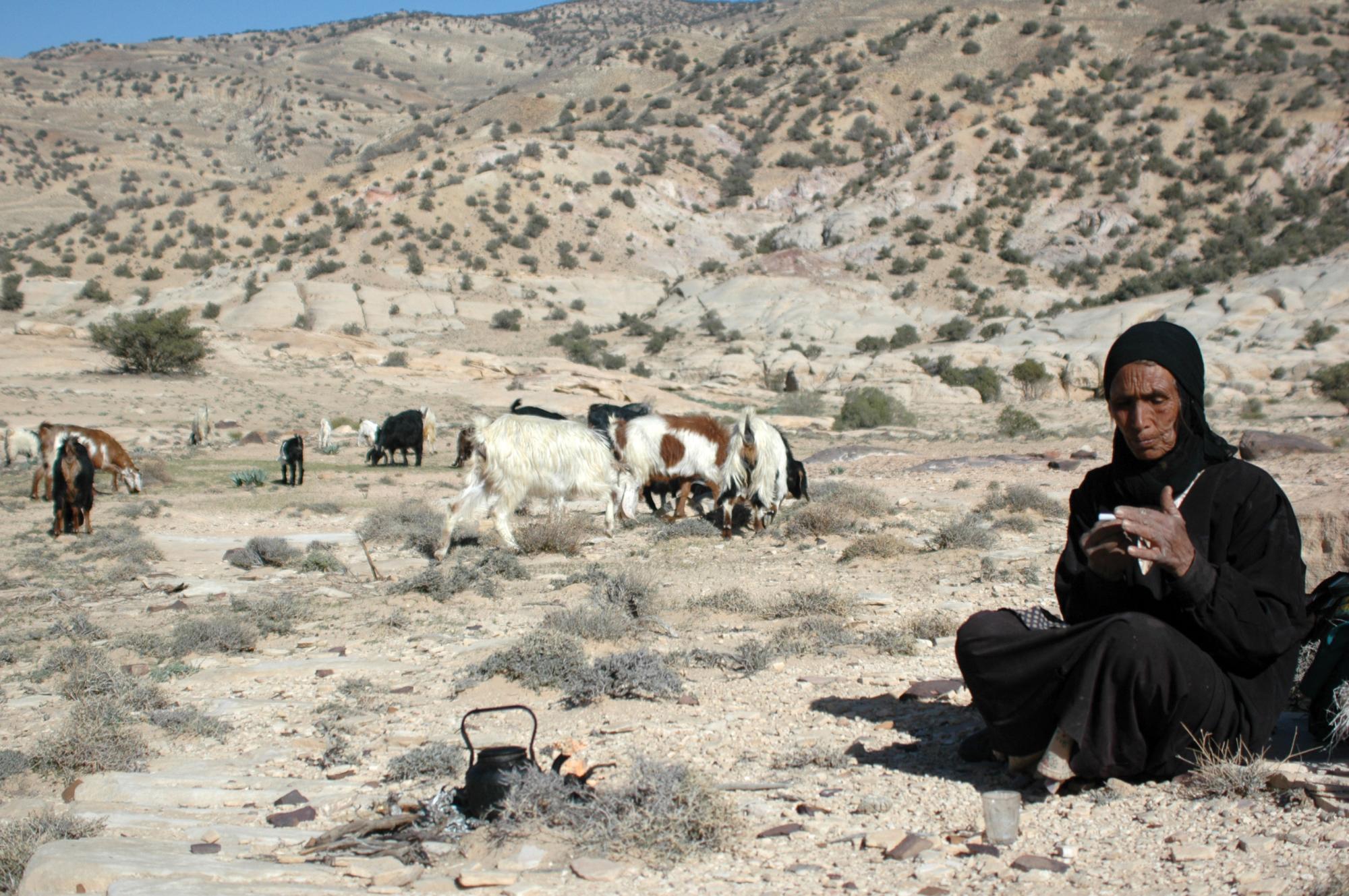
Some South Bedouins (Bedouls and Ammarin) has been taught that the Harmla shrub was a women who turned into a shrub for her bad doings.
The Story of Harmala Plant (Syrian Rue) as told by Torfa
According to legend, Hamda was a virtuous girl who lived with her brother and his wife long ago when all creatures had the power of speech. Hamda herded the family's small flock of sheep, and such was her virtue that she gave away most of her food to orphans. Then she assuaged her pangs of hunger by tying rolls of woven wool to her stomach, which caused her figure to bulge.
The wicked sister in law pointed out to her husband Hamda's protruding belly, telling him that his sister had become pregnant by some shepherd boy, thus bringing shame upon the family, which could be washed away by shedding Hamda's blood. The brother refused to believe this story, but his wife insisted, adding that Hamda had been acting strangely, moving restlessly from the sun to the shade and back, which, the wife claimed, was a sure sign of pregnancy. Finally, the brother agreed to put the matter to the test.
That afternoon, he lay in the sun and asked Hamda to pick the fleas from his hair. But the wicked sister in law had secretly put a poison in Hamda's food, which made her restless. After some moments Hamda asked her brother to move to the shade; then, a few moments later she asked to move back into the sun. The brother then believed his wife's lie. That night they plotted together to kill the unfortunate Hamda.
The following morning he took Hamda on his camel to a dried well. There he secretly spread a blanket on the mouth of the well to hide it, and he invited his unsuspecting sister to sit on the blanket and continue to de-flea him. She did, and fell into the well, whereupon the brother threw dried brush and wood on top of her and set it on fire so Hamda would burn to death. He then rode home to break the news to his wife.
But Hamda was saved from the fire by her virtue. From the poison in her belly erupted snakes that pushed the flames away. The flames themselves were magically transformed into a paradise. But poor Hamda missed her brother, so she made a necklace of beads for him and she asked a crow that flew overhead to take the gift to her sibling.
When the brother saw the necklace, he knew that Hamda was alive, and that he had treated her unjustly. Without telling his wife of his purpose, he asked her to pack some dates and dried food, so that she would not poison it, and he went back to the well. But the wife was suspicious and poisoned the dates by rolling them in camel dung and then in ashes to conceal the revealing smell.
When the brother reached the well Hamda told him her tale, but she refused to come out of her pit for fear that he might try to finish the task which he had started; he assured her of his good will and she let herself be rescued. The brother then offered her the dates to eat, but when they saw the ashes they realised that the food had been poisoned, and the brother realised his wife's wickedness.
When the wife saw her husband riding back with Hamda behind him, she realised that her evil deeds had failed. She cried out a spell to save herself, but her magic failed again, and instead, the earth opened and swallowed her up to her neck. Her husband grabbed her by the hair and cut off her head with his sword, crying out for her to become a bush so repulsive that even donkeys could not eat more than one mouthful of it. So the wicked wife was transformed into the bush of the ''Harmala plant'' with its dark bitter seeds.
